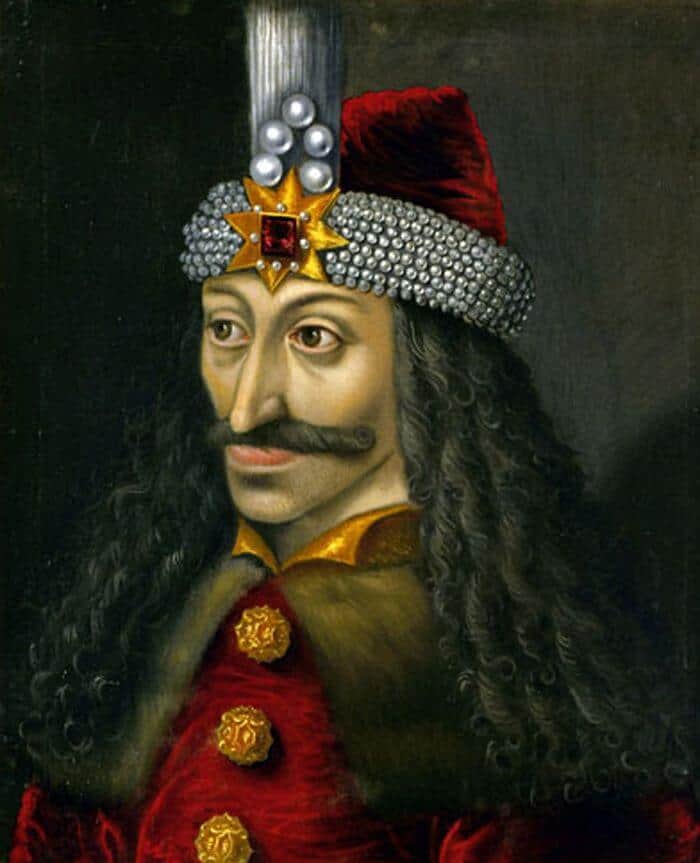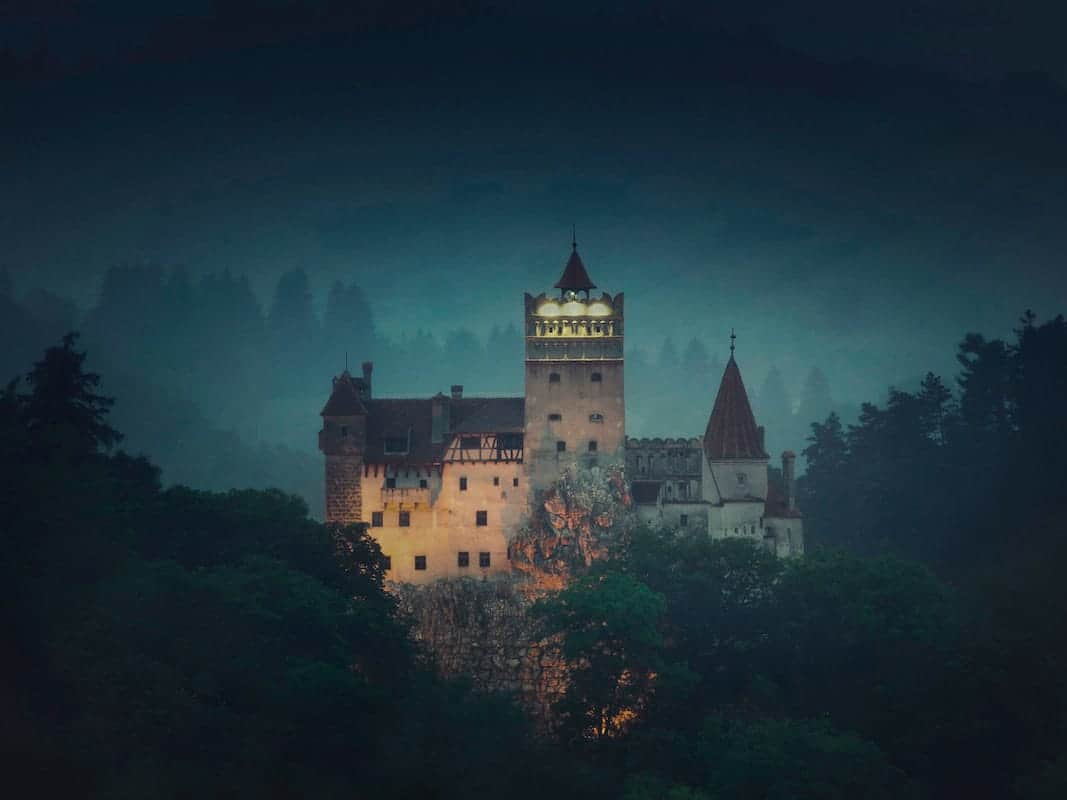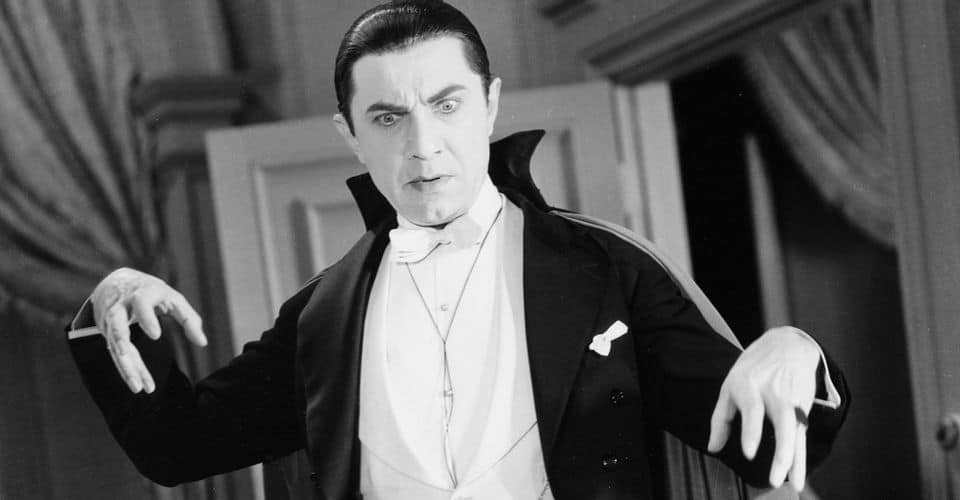
“There is a reason that all things are as they are, and did you see with my eyes and know with my knowledge, you would perhaps better understand.”
Bram Stoker stimulates our imagination with this evocative and mysterious quote uttered by Dracula himself in his infamous novel. In the book the quotation serves as a warning and a very dark foreshadowing of what will come later, but many people have used this cryptic line penned by the author in an attempt to unlock the mystery of Dracula himself. What is the reason behind the infamous Dracula? What inspired the author to create this character that has become a staple in pop culture? Was he based on a real person or simply a creative compilation of folklore and Victorian culture?
In appreciation of Halloween, and the countless people who put together costumes to emulate this mythical figure every year, we explore the origin and evolution of the most famous vampire in the world.
Bram Stoker’s Dracula
Most people know that Dracula is a famous Victorian novel penned by the Irish writer, Bram Stoker, but do you know how much our current image of the vampire is based on this timeless tale?
Dracula was published in 1897, when Stoker was already a regular contributor for the Daily Telegraph newspaper in London. His writing was often produced in serial short stories in the publication and many people would have been familiar with his brand of dark tales long before Dracula hit the market. Although he wasn’t completely unknown during his lifetime, Stoker is now recognized as one of the greatest horror writers of all time, a genre that was quite popular in the late Victorian period.
The novel uses a very innovative collection of fictional documents to trace the exploits of an enigmatic figure called Count Dracula. It begins in Transylvania (in modern day Romania), where the main character has invited a lawyer to discuss some real estate deals. The reader gets a haunting tour of Dracula’s castle, before they learn about the Count’s move to England. Not long after his arrival in the British Isles, Count Dracula fixates his attention on Lucy, a young woman who has just accepted a marriage proposal. The story continues exploring how the Count terrorizes England until… well, you should read the novel to find out!
Dracula had a major impact on the horror genre for decades to come and details in the book influenced the vampire lore we are familiar with today. But where did Stoker get the idea of a blood thirsty villain from Transylvania? Two writers in the 1970s claimed to have found the key.
Vlad the Impaler

Vlad the Impaler
Vlad the Impaler, was Dracula’s inspiration. In fact, much of northern Romania’s tourism industry is based on this supposed connection with the famous novel.
The prince Vlad III ruled a region of present-day Romania in the late Middle Ages and is considered by many to be a national hero. Born around 1431, he was the second born son of a Wallachia leader, Vlad II. His father was inducted into the knightly Order of the Dragon, which in old Romanian translated to “drac” or “dracul”. As the Son of Dracul, Vlad III was then known as Drăculea. In modern Romanian, the word “drac” is also translated to devil.
But the connections to Stoker’s Dracula don’t end there. Vlad the Impaler got his gory name due to his common practice of impaling his enemies on spikes. Despite the gruesome practice, Vlad III wasn’t the only one engaging in horrific acts. During the late Middle Ages, Wallachia (which corresponds to the present-day region of Transylvania) was in the middle of a constant battle between the Ottoman Empire to the east and Christians to the west. Even with his love of impaling, Vlad III is often hailed as a hero in Transylvania for his courageous and very aggressive defense of his homeland.
In the 1970s, as more Dracula films hit the cinemas, Florescu and McNally put the pieces together and concluded that the bloody Romanian prince named Drăculea must have inspired Stoker. It’s true, the author was very interested in Eastern European tales of vampires and he wrote a very telling line in his surviving notes about the word Dracula: “In Wallachian language means DEVIL.” But for many researchers since the 1970s, the evidence points somewhere else.

Bran Castle
“I want you to believe…to believe in things that you cannot.”
Bram Stoker did a lot of research for his horror stories. He was interested in capturing the darkest and scariest tales of mythical, paranormal and unexplained sightings from around the world. Stoker did read about Eastern European folklore and came across a commonly feared creature that correspond, in many ways, to Count Dracula. Vampires in many Eastern European cultures were described as the undead or lively corpses – people who had died but were still present in the living world. In many of these tales, the undead needed the blood of the living to sustain themselves.
But Eastern Europe wasn’t the only place with vampire tales. In fact, the Ancient Greeks believed in the undead and likely popularized the mythical and terrifying act of blood sucking. In those stories, the blood hungry corpses were directly associated with evil and carried a very negative presence. Fear of these undead creatures spread across Europe with Ancient Greek culture and soon local populations began shaping their own vampire stories.
Still, Bram Stoker didn’t even need to look all the way to Ancient Greece or Eastern Europe for inspirational vampire stories. In fact, blood hungry creatures are also apart of Irish tales that likely would have been very familiar to the author. Vampires wandering through graveyards, faeries that lure people to their deaths and tyrants that suck the blood of their followers are only some of the many related Gaelic stories that Stoker could have drawn inspiration from. But for some people the biggest piece of evidence lies in the name of his title character: Drac Ullah translates to “bad blood” in Gaelic.

Bela Lugosi as Dracula in 1931
“Remember my friend, that knowledge is stronger than memory, and we should not trust the weaker”
Today, most of us instantly recognize the image of Count Dracula, the most famous vampire of pop culture. You’ve all seen the Halloween costume and maybe even tried to emulate him – he is a very pale and large man with fangs and dark slicked back hair wearing fine clothes and a long black cloak. Parts of this image come from Stoker’s novel, but other elements have been popularized and repeated in countless films, books, television shows and other parts of pop culture. In fact, Dracula is one of the most adapted stories of all time.
But who is the real Count Dracula? Many people still believe that the original source for Stoker’s imagination must have been Vlad the Impaler. Not only does he share the same nickname and place of origin, but he was known for doing brutal things to his enemies. Stories about him drinking the blood of people impaled during infamous battles have even circulated (without much basis in historic fact). However, others have shown that the similarities between Dracula and Vlad III are minimal and they only share a name and nationality. But can that only be a coincidence?
Others are fairly certain that Stoker was inspired by vampire folklore from Eastern Europe and his native Ireland. There’s plenty of evidence that shows Stoker did intense research about Eastern European vampire myths and many of his other horror texts resemble Irish tales. Still, he took many liberties with the lore and most of the traits we now associate with vampires are not found in any historic legends.
So, perhaps, the real answer lies with Stoker and his incredible imagination. With few notes to go on, we don’t know much about the inner workings of the writer’s brain. We don’t know exactly where the name came from, or why Stoker picked Transylvania as Dracula’s home. Despite what the tourist brochures tell us, we don’t know the inspiration for Dracula’s castle and we have no idea where he is buried (the fictional character or the real-life Vlad III). It’s a testament to Stoker’s incredible talent that we are still so fixated on this fictional character who has become an icon not only during Halloween, but throughout the entire year.
Listen to our podcast on Vampires (and other strange things) in Wilno, Ontario:
Want to hear more spooky history? Join us on a ghost tour in Kingston, Ottawa or Toronto, Ontario. Or, we have two new experiences you can enjoy from the comfort your living room! Grab a spot around our virtual haunted campfires for awesome night of storytelling or try The Haunting at Home for a spine-tingling night of experiments with the paranormal.
Written by:
Brittney Anne Bos, PhD
Haunted Walk Tour Guide & Host
https://www.history.com/news/was-dracula-a-real-person
https://www.livescience.com/40843-real-dracula-vlad-the-impaler.html
https://www.infoplease.com/culture-entertainment/mythology-folklore/terrifying-truth-about-dracula
https://time.com/5411826/bram-stoker-dracula-history/
http://www.ucs.mun.ca/~emiller/myth.html
http://romaniatourism.com/dracula-legend.html
https://www.britannica.com/topic/Dracula-novel
http://www.bran-castle.com/dracula.html
https://www.historytoday.com/miscellanies/dracula-beats-communists
https://www.irishcentral.com/roots/history/dracula-bram-stoker-inspiration
